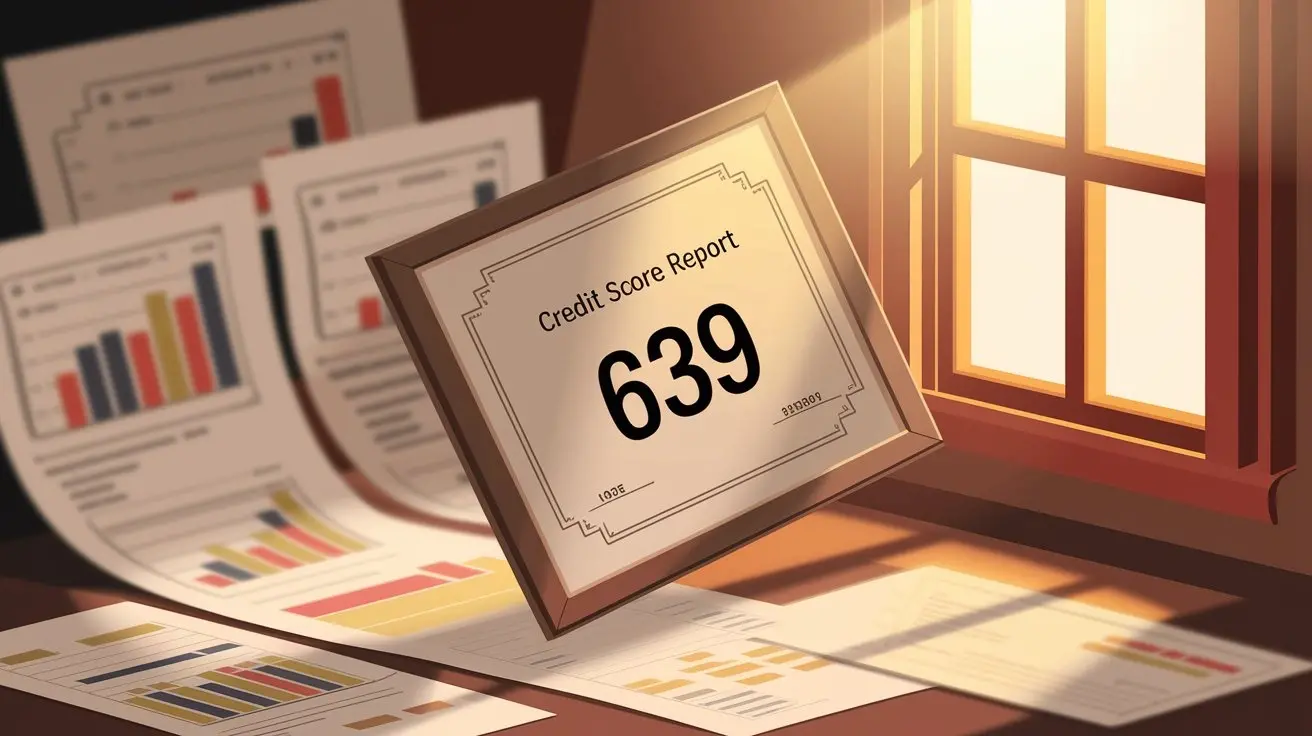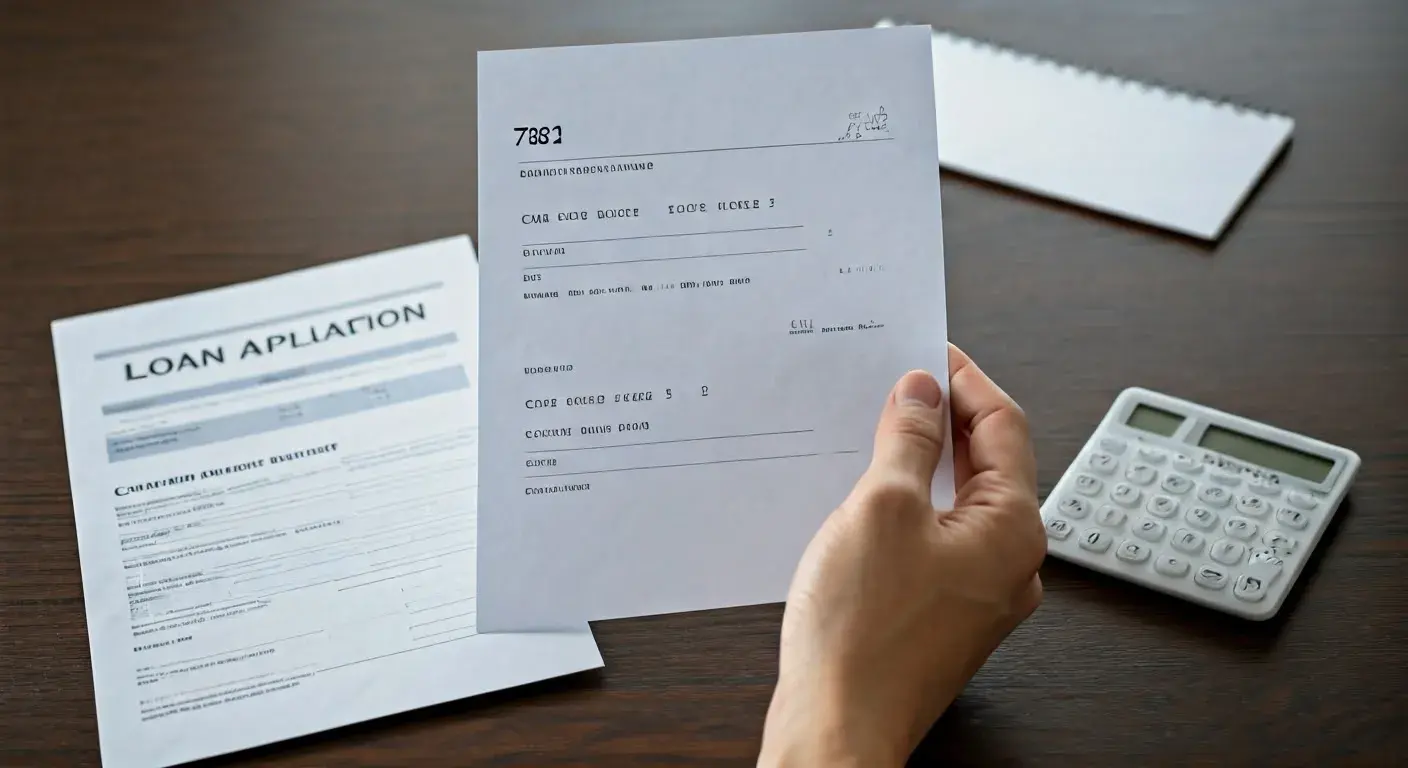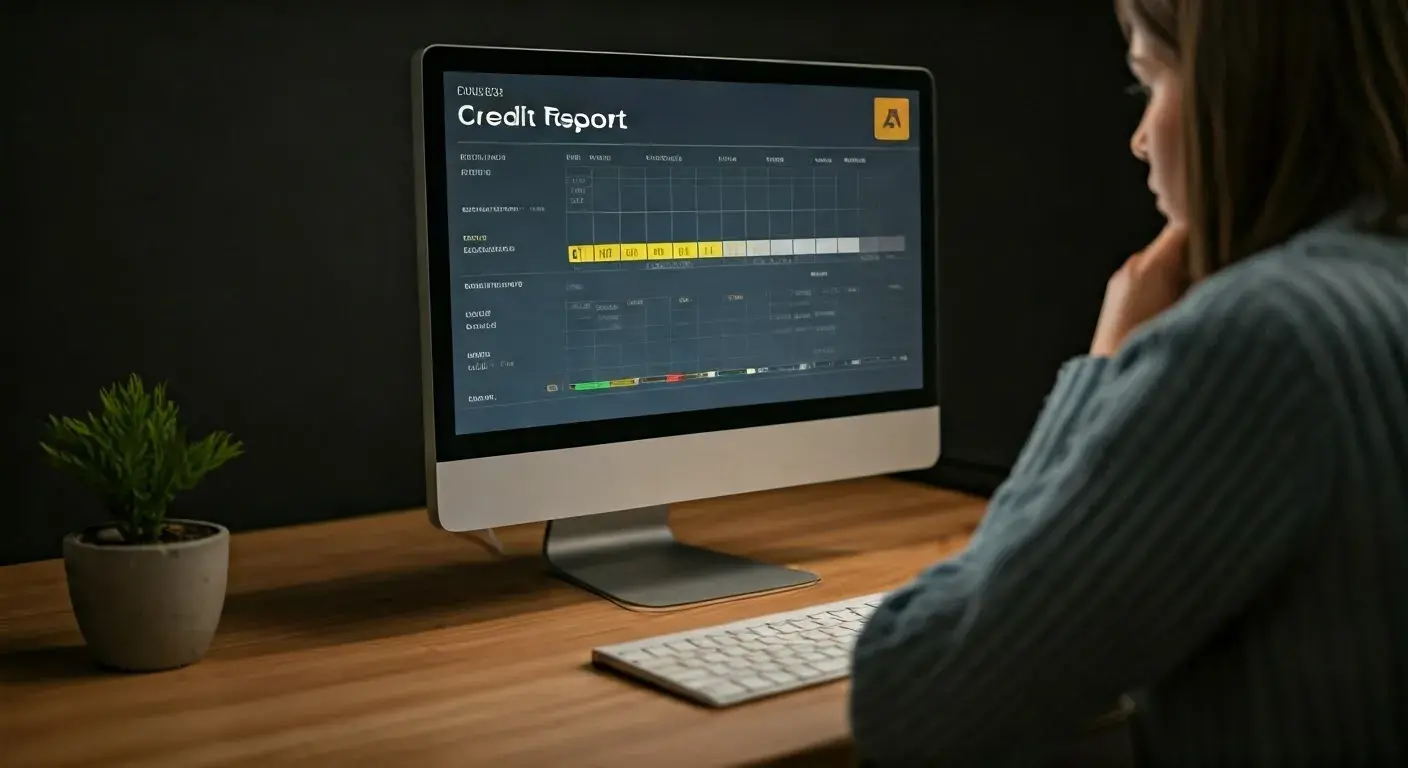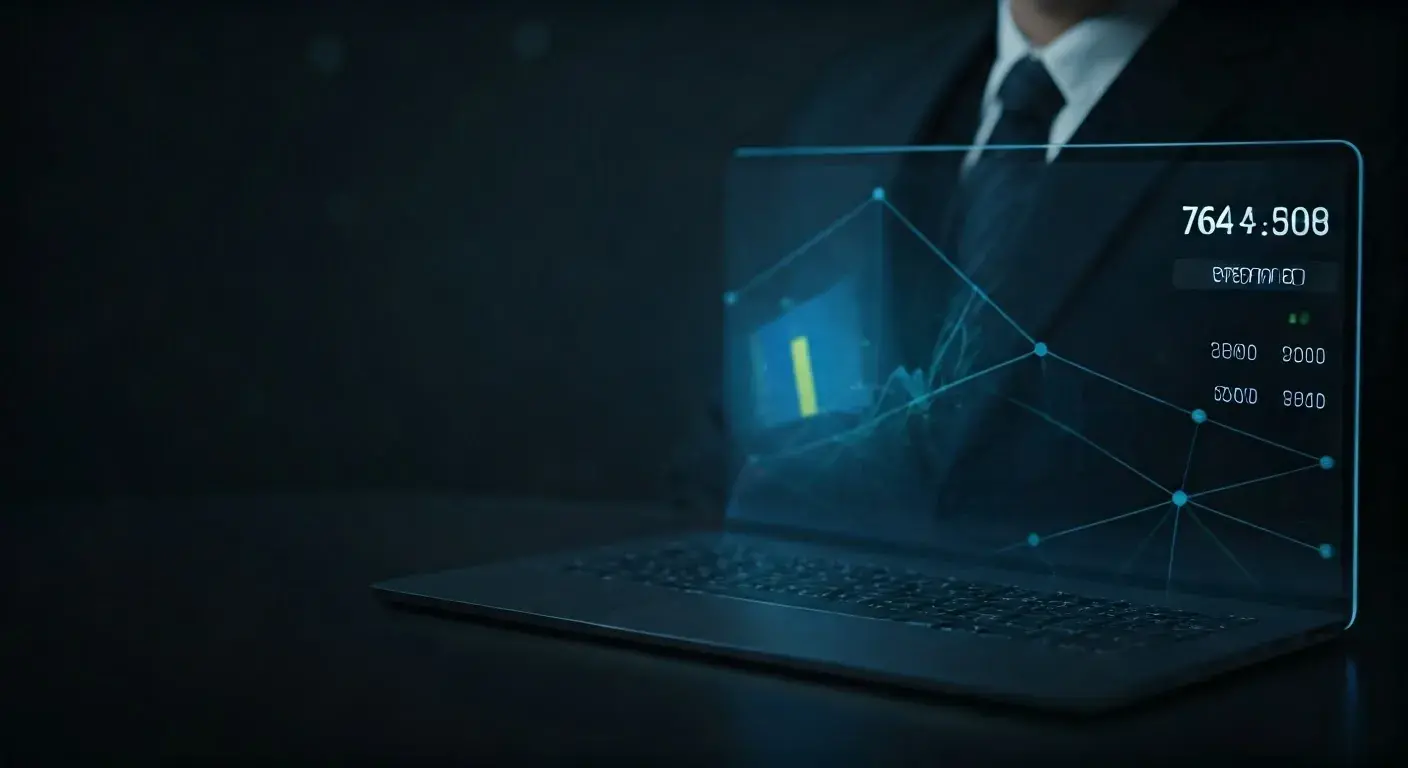-
Posted on: 01 Aug 2024
-
In your financial life, your FICO score is the most important figure influencing your credit prospects. Employed by lenders to evaluate the creditworthiness and credit risk of the applicant in situations of loan and credit card application, a FICO score may run from 300 to 850. On the other hand, what is a negative or risky FICO score that would cause one to be denied a loan or only approved with very high interest rates? Alright, let us examine this closer.
The lowest FICO score range described is the riskiest one, and it is below 580
FICO has classified scores below 580 to be very poor, and they are almost synonymous with high credit risk. If your score is in this range, you will struggle to secure basic credit or loans or will have to borrow at extremely high interest rates. Lenders consider people with FICO scores below 580 as likely to be in default on their debts; therefore, very few lenders are willing to engage borrowers at this rating bracket in any way.
Here are some important facts every consumer should know if he or she has a FICO below 580
- You are only limited to secured credit cards or even subprime loans with prepayment penalties and extremely high APR. It will be very hard to get an unsecured card or a reasonable-rate loan.
- You will end up paying thousands of dollars more in interest charges than the borrowers with higher credit scores on similar loan amounts. Expect rates of 18-30%.
- You can sometimes get turned down for utilities altogether or get approved with huge down payments required. It may also be challenging to have cell phone contracts without large deposits.
Thus, if your FICO score is below 580, it means that you have a poor credit history in terms of handling credit or debts, and this makes you an unfavorable risk to most lenders for most usual lending scenarios. Effects span from flat-out rejection of credit to high rates of interest that make reasonable purchases impossible to make throughout a loan.
Higher Risk Zone: This range is between 580 and 619
The next worst category for FICO scores is between 580 and 619, which is below the average credit score of 700 in the United States. This group comprises nearly 20 percent of consumers. In this range, the worse off you are in terms of loan terms and rates, the lower the score you have.
The borrowers in this near subprime group typically have poor payment records and credit collections and do not possess a diverse credit history of installment loans and revolving credit facilities. However, scores ranging from 580 to 619 are considered to be an indication of potential difficulties in repaying the loan amount.
While better than sub-580 borrowers, those with scores in the 580s and below 620 should expect: While better than sub-580 borrowers, those with scores in the 580s and below 620 should expect:
- Increased cost in all categories of loans such as housing loans, automobile loans, credit, and more. You will end up paying over $3,000 more in total interest than those applicants who score above 740.
- This means that one cannot apply for some 0% financing offers on credit cards and cars even if they are widely publicized.
- Credit card spending is likely to be lower than usual as credit limits are likely to be reduced.
- Housing, especially to find decent and affordable apartments with additional charges or the first month’s rent included.
Thus, even if it is not an outright rejection in most cases, FICO scores ranging from 580 to 619 do not qualify one for the best rates and terms. Prepare to pay higher interest rates and fees, be subject to tighter underwriting, and have to jump through more hoops than applicants deemed to be lower risks by lenders.
Borderline Safety Zone – Total between 620 and 679
FICO defines scores 620-679 as reasonable for approval of the most mainstream credit products and applications but still classified as higher risk compared to consumers with scores 680 and above. This range is almost on the border of subprime and average credit risk status.
For borrowers in this range, most credit cards and unsecured loans can still be obtained but expect: For borrowers in this range, most credit cards and unsecured loans can still be obtained but expect:
- Higher interest rates on average for revolving and installment loans than those with credit scores above 700.
- Reduce the opening credit card limits granted on new accounts.
- Possible requests for guarantors on bigger sums of money for purchasing a house or car or consolidating debts.
- There is a mild increase in down payment requirements and more stringent repayment periods.
Thus, although FICOs from 620 to 679 are still acceptable to most lenders, this means that you have enough of an additional risk that the terms won’t be as concessional as the ones available to consumers with perfect FICO scores above 700. You also may get rejected where credit checks are more stringent, such as with high-end rental apartments and careers.
The Takeaway
In reality, almost every conventional lender will consider any FICO score below 580 as high risk. But with each point added to your score, your appreciation for approval and lower interest rates increases, and every point below the current nationwide average FICO score of 211, you can expect to pay a lot more in borrowing fees and many limitations.
Checking your score from time to time and making some adjustments in advance to get a better score will guarantee far cheaper credit necessary to a certain extent for a whole life cycle. Do not allow yourself to fall into one of the high-risk FICO categories, and actively work to manage your credit rating.
Call now for expert credit repair services: (888) 803-7889




